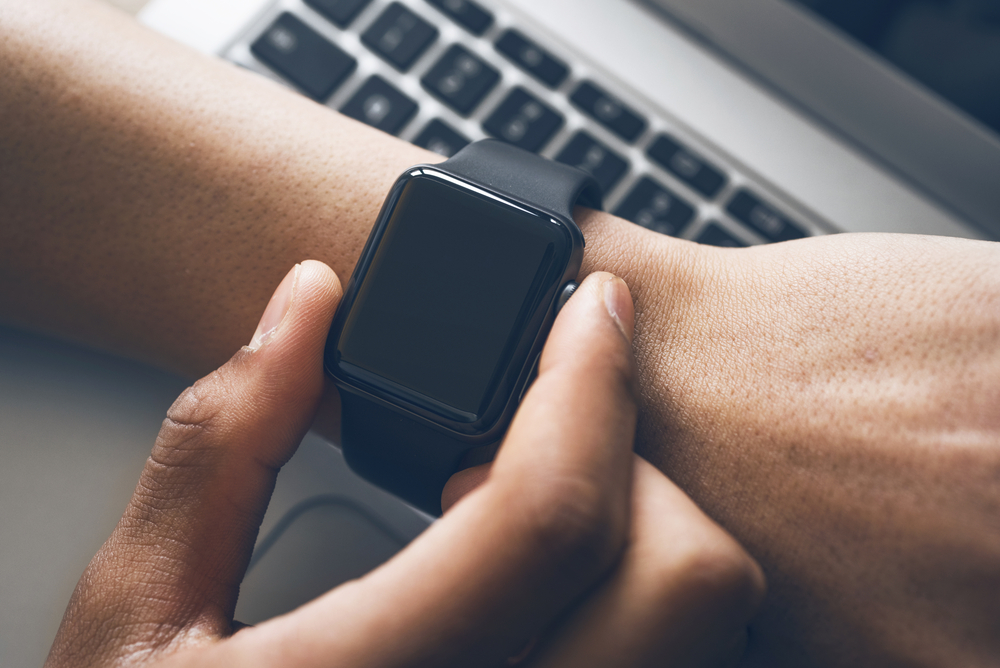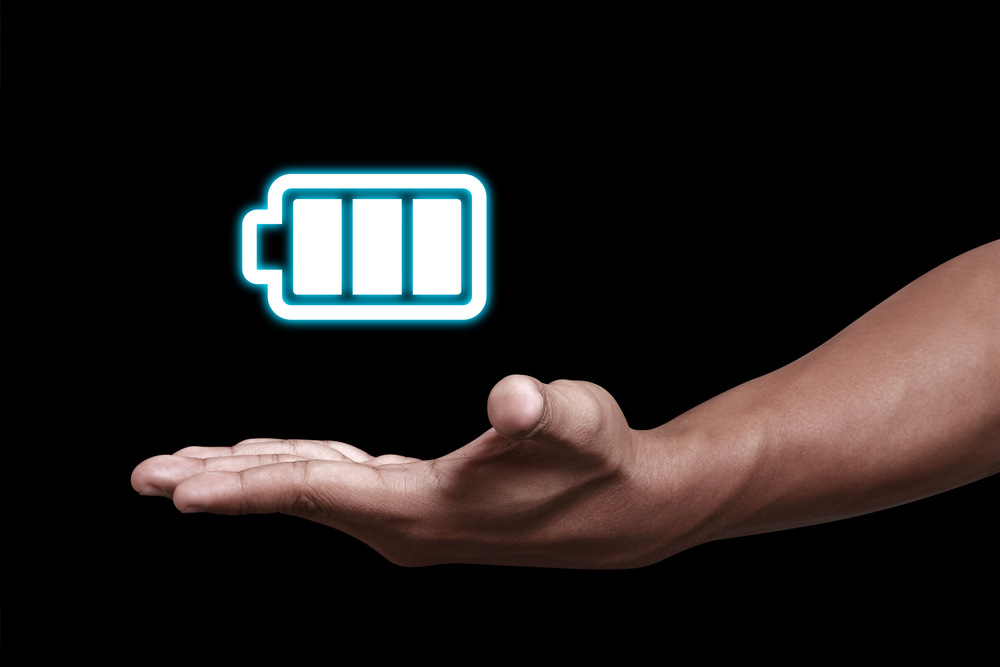
The new Apple Watch (Series 3) is already starting to make waves in the consumer electronics and wearables market. Initial reviews and previews have praised a range of new features, in particular the independence of the watch. But what are the key developments that will influence the market significantly? Can the Series 3 really change the game? Below, we’ve picked out three key reasons why it will.
-
New use cases thanks to LTE support

By far the most important and game-changing new feature is cellular connectivity. The Apple Watch 3 will be able to function completely independently from your iPhone, allowing many new use cases. Thanks to an eSIM (Electronic Subscriber Identity Module) that’s roughly 1% the size of a traditional SIM card, users will have access to a data connection through the watch, even if they leave the paired iPhone behind at home.
The AW3 comes with an LTE and a UMTS (Universal Mobile Telecommunications Service) radio which can switch automatically to a cellular connection when needed. This will undoubtedly make a big difference as permanent connectivity allows many new use cases in terms of real-time monitoring (healthcare) and real-time coaching for sport. For healthcare in particular, the use cases could be a life-saver, especially for those with an infectious disease that can’t leave the house, but still need diagnostics from their doctor.
The technology is now ready; key players such as Samsung, Lenovo and Microsoft already want to move this type of connectivity forward, providing seamless smart connectivity experience across regions, devices, accounts, networks and borders. According to our own research, it’s clearly what end users expect – to find out more, see our recent survey on what consumers want from their connected future.
-
Enhanced battery life enables greater autonomy

Of course, battery life has been the main pitfall for all smart watches in recent years. Who would want to be out with a smart watch, depending on it (having left their phone at home) throughout the day, only to see the battery die after a few hours? Nobody. The industry knows this, and has responded, so far. The Series 3, fortunately, for those relying on a more resilient battery in their smart watch, offers “all -day battery life”, which should amount to 18 hours of normal use. If this claim rings true after rigorous testing, the majority of consumers should be satisfied. This level of battery life will enable a greater sense of autonomy for end users, who will be able to enjoy a full day’s worth of activity with the watch, without worrying about it dying when then need it most.
-
What this means for the consumer IoT and beyond
This development will also affect industrial use cases, as the announcement will likely boost the deployment of secure element based security for industrial purposes. This will be crucial as we also anticipate greater demands for the IIoT (Industrial Internet of Things) to keep step with the advancements for consumers (e.g. smart buildings, smart street lamps etc.). We’ve already seen this in the automotive industry with more and more eSIMs now being installed. We also expect substantial growth especially in this area for healthcare (and wider medical purposes) making patients safer thanks to real-time monitoring. MNOs will also have to actively participate in the roll out of independently connected objects, as consumer demand grows and as more industrial players require it; they’ll also need to deploy large scale industrial subscription management.
The penultimate point here for the wider industry to bear in mind is an increase in trust. Ultimately, this SE (secure element) based security will not only enhance connectivity but also trust as it’ll help protect data exchanges through end to end encryption.
Finally, we must also acknowledge how 5G networks will provide a further boost, especially with smart network ubiquity (let’s not forget that 5G is not only about data speed but adaptive data speed), perfectly adapted to the different types of connected objects available which wouldn’t all need the same data speed.
So, there you have it – the three key ways in which the new Series 3 Apple Watch will change the game for consumer electronics and wearables and what this means for the wider market. Do you agree with our observations and analysis? Let us know by tweeting to us @GemaltoMobile or @Gemalto.


